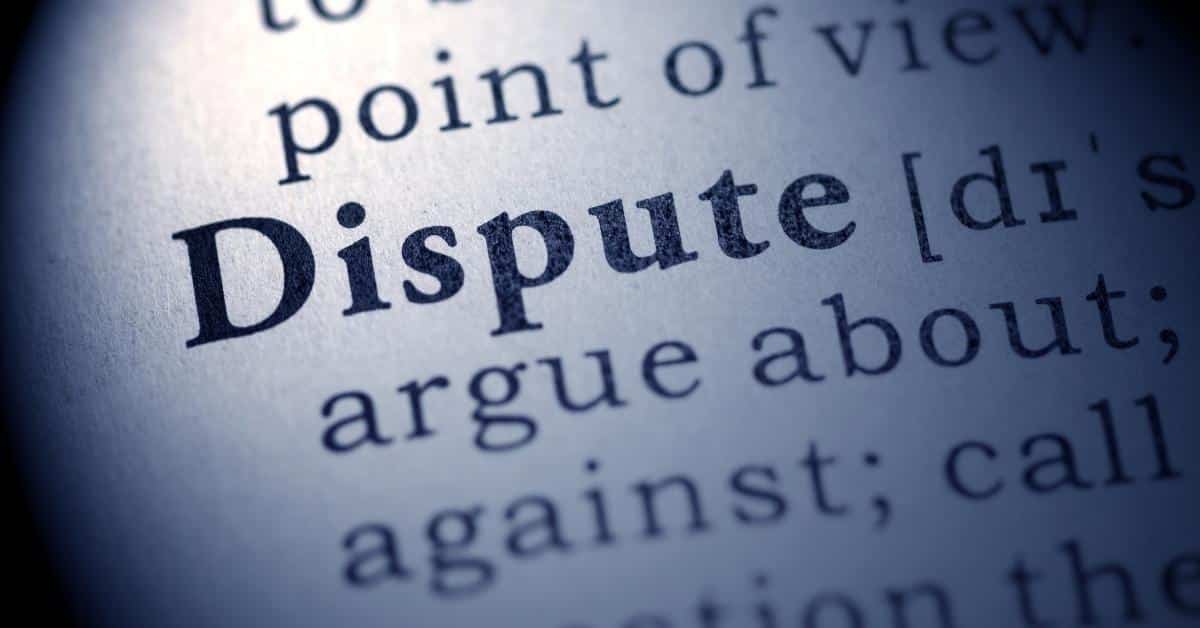If you want to increase your credit score, you need to find away to remove the derogatory marks that are on your credit report.
There are several ways to remove derogatory marks on your credit. You can:
You must follow different steps depending on how you want to remove negative information from your credit. Keep reading to find out which method is best for you.
Waiting for negative information to fall off your credit report can take years. Derogatory information stays on your report for seven years from the last date of activity on the account.
While the damaging information is on your report, it will impact your credit score. However, it will have the most significant impact on your credit profile for the 24 months following the negative information.
When you have chargeoffs or accounts in collections, you have the option of paying off those accounts. After you settle the debt, the creditor will report the information to the bureaus, removing the derogatory information from your credit report.
After you pay off an account, your credit report should reflect the change within a month or two in most cases as long as the account servicer reports the information promptly.
A letter of goodwill is a formal notice in which you ask a lender to remove a late payment. Companies are generally willing to work with you if you usually pay your bills on time and have a positive account history.
However, you can not make a habit of sending goodwill letters because they usually only work as an occasional courtesy. Your letter does not need to be long, but it does need to include information like:
Then, you need to explain why you fell behind on the account and ask the lender if they would be willing to remove the negative information. It can also help you to tell the creditor how long you have been a customer, and if there is a reason you need the mark removed, you can include that, as well.
For example, if you are trying to qualify to refinance your mortgage loan, but the late payment is preventing you from doing that, you may want to include that in the letter.
If you have inaccurate information on your credit report, you can file a dispute directly with the credit reporting agencies. Credit bureaus have thirty days to complete an investigation after you submit a dispute. If the creditor does not verify the information during that timeframe, they remove the information from your account.

When you dispute information on your credit report, you must file a notification with each credit bureau. You can do so on each credit agency website, or you can send a 609 Letter of Dispute to each. The three agencies do not share data or remove information just because one of the other credit bureaus did.
Due to each agency conducting a separate investigation, one credit agency may remove a debt while the other two may not. It is not a great idea to dispute valid information, though.
If the creditor verifies the account, it can reset the clock on that debt. It could take another seven years from the date the creditor verifies the account for the negative information to come off your credit report.
Disputing information on your credit report does not adversely affect your credit. However, the outcome of the dispute may impact your score. So, it is essential to proceed with caution when filing credit disputes.
Savvy consumers know that it is necessary to remove derogatory marks on your credit from time to time. It is also a good idea to check your credit report regularly to ensure that it does not contain any incorrect data.
If you find information about fraudulent credit accounts, you should immediately file a dispute with all three credit bureaus. If an account that belongs to you has inaccurate reports, you can contact the lender directly to request that they correct data like incorrect late payments and account balances.
Your best option for chargeoff accounts and collections may be to settle with the creditor. While late payments will still appear on your credit report in some cases, paying a chargeoff is always better than leaving it on your report unless the debt is scheduled to come off your report soon.